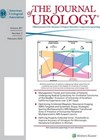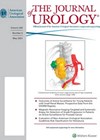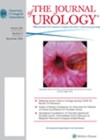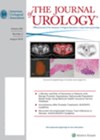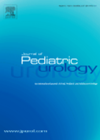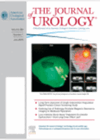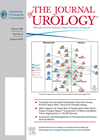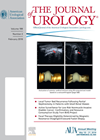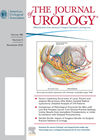
Journal Reviews
Is robotic pyeloplasty in the under-ones as good as open repair?
Pelviureteric junction obstruction (PUJO) is a common cause of paediatric hydronephrosis. Indications for intervention include reduced renal function (<40%), symptoms (urinary tract infection or pain) and increasing dilatation. Although the Anderson-Hynes open pyeloplasty (OP) has long been the gold standard...
Active surveillance for small renal masses in younger patients
Active surveillance (AS) is discussed as an option for renal masses <2cm in patients with significant competing risks for mortality. This multicentre data from the US seeks to fill an important gap in current guidelines for provision of this option...
Coronaviruses and kidney injury
This is a topical review of the effects of coronaviruses on the kidney and includes a description of the mechanisms of kidney damage by SARS, MERS and COVID-19. The authors quote two previous reports which estimate the incidence of acute...
What should we do with the incidentally detected renal cyst in a child?
The introduction of routine prenatal screening in the early 1980s resulted in paediatric urologists being confronted with the dilemma of what to do with antenatally-detected urinary tract dilatation, many of whom, we now know, do not require long-term surveillance or...
Evidence-based treatment of MCDK: a systematic review
The authors of this systematic review have not only aimed to establish the incidence of hypertension associated with a multicystic dysplastic kidney (MCDK) but have also tried to determine the malignancy risk associated with an MCDK and assess the rate...
Is routine renal tumour biopsy associated with lower rates of benign histology following nephrectomy for small renal masses?
There has been a considerable increase in the detection of small renal masses (SRM). Approximately 20% of these turn out to be benign lesions on final histopathological analysis. Therefore upfront surgery can be overtreatment in such a group of patients....
Comparison of pathological stage in patients treated with and without neoadjuvant chemotherapy for high-risk UTUC
High-risk upper tract urothelial carcinoma (UTUC) has been associated with poor survival outcomes. The authors evaluated the role of neoadjuvant chemotherapy in high-risk cases prior to radical nephroureterectomy (RNU) in terms of pathological stage of the final surgical specimen. A...
Does stable or decreasing hydronephrosis on ultrasound lead to stable or improved function on diuretic renography?
Antenatal hydronephrosis is noted in approximately 1% of all pregnancies. Persistent renal obstruction may lead to progressive loss of renal function. Renal ultrasound (USS) is the preferred modality for diagnosis and monitoring of paediatric hydronephrosis as it is non-invasive, non-ionising,...
Local tumour bed recurrence following partial nephrectomy
In this interesting retrospective study, the authors looked at the incidence of local tumour bed recurrence after partial nephrectomy (PN), the factors associated with that, and the management. A total of 2,271 patients’ charts were reviewed who underwent partial nephrectomies...
When partial nephrectomy is unsuccessful
With increasing use of partial nephrectomy (PN) to treat complex T1 tumours, the risk of conversion to radical nephrectomy (RN) increases. In this study the authors look at the incidence of conversion of robotic PN (RPN) to RN and analysed...
The origins of urinary stone disease
This is a descriptive paper of micro CT scans of tubular mineralisation in 12 nephrectomy specimens. The authors noted that: in the small number of specimens examined, mineralisation started in the outer medulla and appeared to proceed distally along the...
Emergency department revisits for patients with ureteral stones
The authors aimed to identify clinical predictors for emergency department (ED) revisits in patients diagnosed with ureteral stones. Patients presenting between 2010 and 2013 were included. Those who were admitted at the initial presentation were excluded. CT scans were reviewed...

